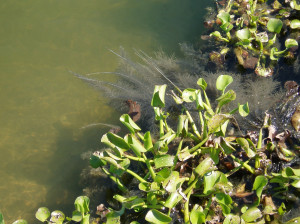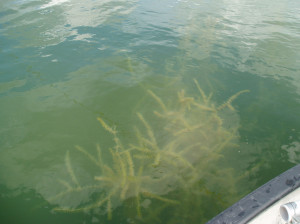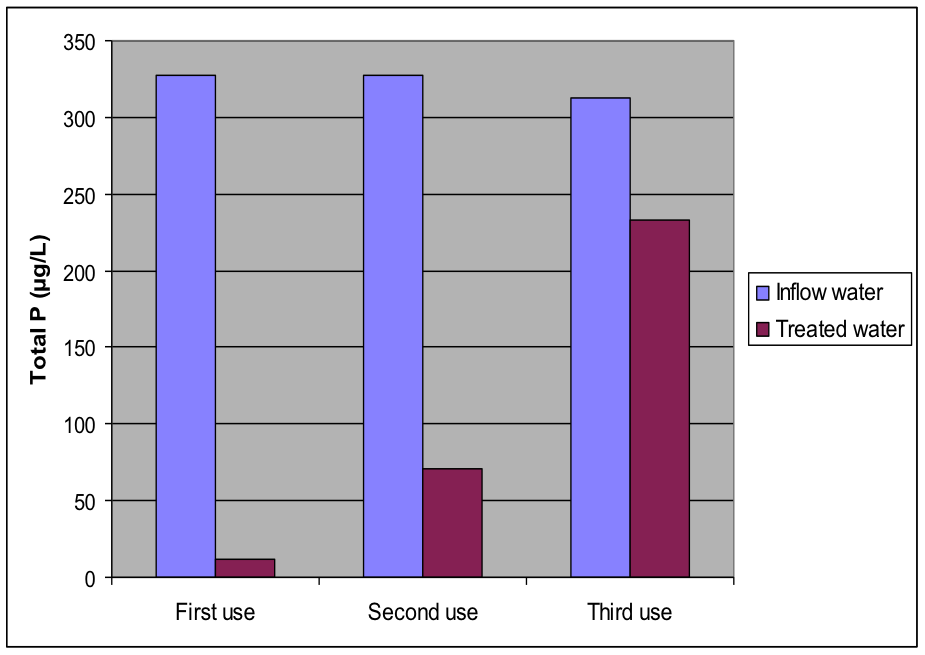Watershed Technologies utilizes a patented stormwater treatment technology, with development dating back to the year 2000. The hybrid treatment systems are comprised of both wetland and chemical components, which are designed to minimize costs and constraints of both wetlands (footprint) and chemical treatment processes (ongoing coagulant expense).
Overview
- Systems are comprised of chemical additives combined with vegetated and non-vegetated aquatic zones.
- Vegetated areas utilize floating and submerged plants.
- Reductions in chemical use are accomplished with intermittent dosing, blending strategies and internal floc recycling.
- The treatment process can be installed within existing storm-water detention or wetland systems.
Wetland Components
Wetland components serve to filter, retain and reuse micro-flocs and facilitate other nutrient removal processes.
Chemical Components
Chemical components of HWTT systems recycle the chemical “flocs” produced during the treatment process, thereby minimizing chemical use and maximizing phosphorus removal performance. This graph shows reductions in phosphorus and thereby chemical use attained through the patented recycling treatment.



